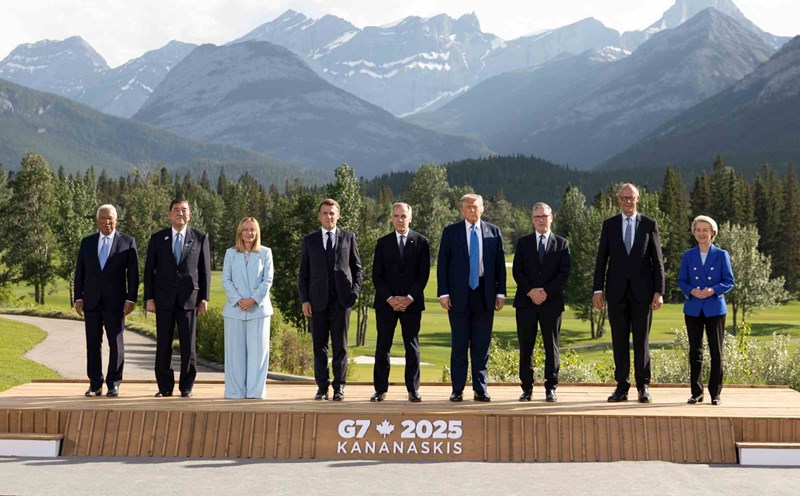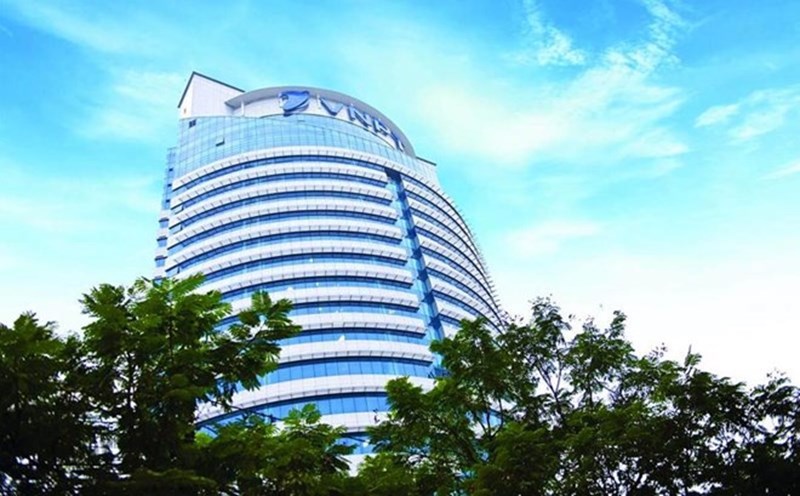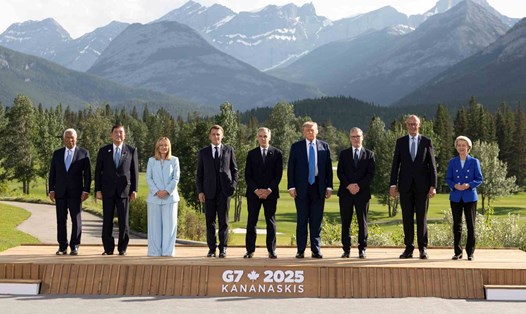Leverage to increase people's purchasing power
According to data from the Statistics Office (Ministry of Finance), in the first 6 months of 2025, the total retail sales of goods and consumer service revenue at current prices is estimated at VND 3,416.8 trillion. This result increased by 9.3% over the same period last year (same period in 2024 increased by 8.9%), if excluding the factor of price increase of 7.2% (same period in 2024 increased by 6.0%).
The VAT reduction from July is expected to "huge" some of the price pressure, helping people maintain purchasing power in the context of escalating living costs. This is especially important as household consumption is still the main driver of GDP growth - contributing more than 65% of total demand.
Supporting businesses to recover
Not only directly affecting consumers, the VAT reduction policy also indirectly supports businesses. When selling prices decrease due to low taxes, market demand will increase - helping businesses improve revenue, increase commodity turnover and recover capital faster.
In the context of increasing input costs (such as imported raw material prices, logistics costs, credit interest rates), the possibility of selling price reduction is very limited. The support for VAT reduction helps businesses have more space to retain customers without damaging the excessive profit margin. Business reports of many retail, food and beverage and tourism businesses have recorded expectations of improved sales from the third quarter thanks to the VAT policy.
The spillover effect is also reflected in boosting production - when domestic consumer demand increases again. This contributes to helping businesses maintain operations, retain labor and stimulate investment returns. Especially in the light industry, food - beverage, services and tourism.
Macro policy regulation tools
VAT reduction is not only an immediate support measure but also a flexible financial tool to respond to macroeconomic developments. In the first half of 2025, the economy will face many pressures: exports will increase slowly, private investment will not recover strongly, industrial production will increase lowly (only 4.6% in 6 months), while world commodity prices will fluctuate strongly.
In that context, reducing VAT is one of the reasonable solutions to help stimulate focus without creating a big burden on the budget. Technically, VAT cuts also help control expected inflation by slowing down cost-push price increases. When output commodity prices do not increase rapidly, businesses are less likely to shift the cost burden to selling prices, contributing to keeping the CPI within the target range of 4-4.5% for the whole year.
Towards a fair tax system and supporting growth
Continuing to reduce VAT by 2% in 2025 is a timely step, but also raises questions about tax reform in the medium and long term. In the current budget structure, VAT accounts for a very large proportion of total domestic revenue - about 30-35%.
However, VAT is also a "reorganized" tax, meaning that the tax payment rate on the income of the poor is higher than that of the rich, because it does not discriminate in living standards. Therefore, in the long term, tax policies need to aim at a dual goal: both ensuring a stable source of income, fairness and supporting growth.
Some solutions that can be considered include expanding the VAT application with a low tax rate (5-8%) for essential goods (food, medicine, education, public services). Consider gradually reducing the general VAT, combined with reforming direct tax (individual income tax, property tax) to ensure more fairness.
VAT reduction is the right policy at the right time and place, demonstrating the flexibility and determination of the National Assembly and the Government in managing the macro economy. In the short term, it helps people reduce price pressure, businesses have more "push" to recover. In the medium term, it contributes to stabilizing the macro economy and maintaining market confidence.
The important thing at this time is to turn policies into effective reality - through the synchronous participation of the government, businesses and society. At that time, the savings from tax policies not only helped people buy a few kilos of rice and a few new clothes, but also contributed to creating a driving force for the economy, spreading from the daily basket to the overall recovery of the country.











